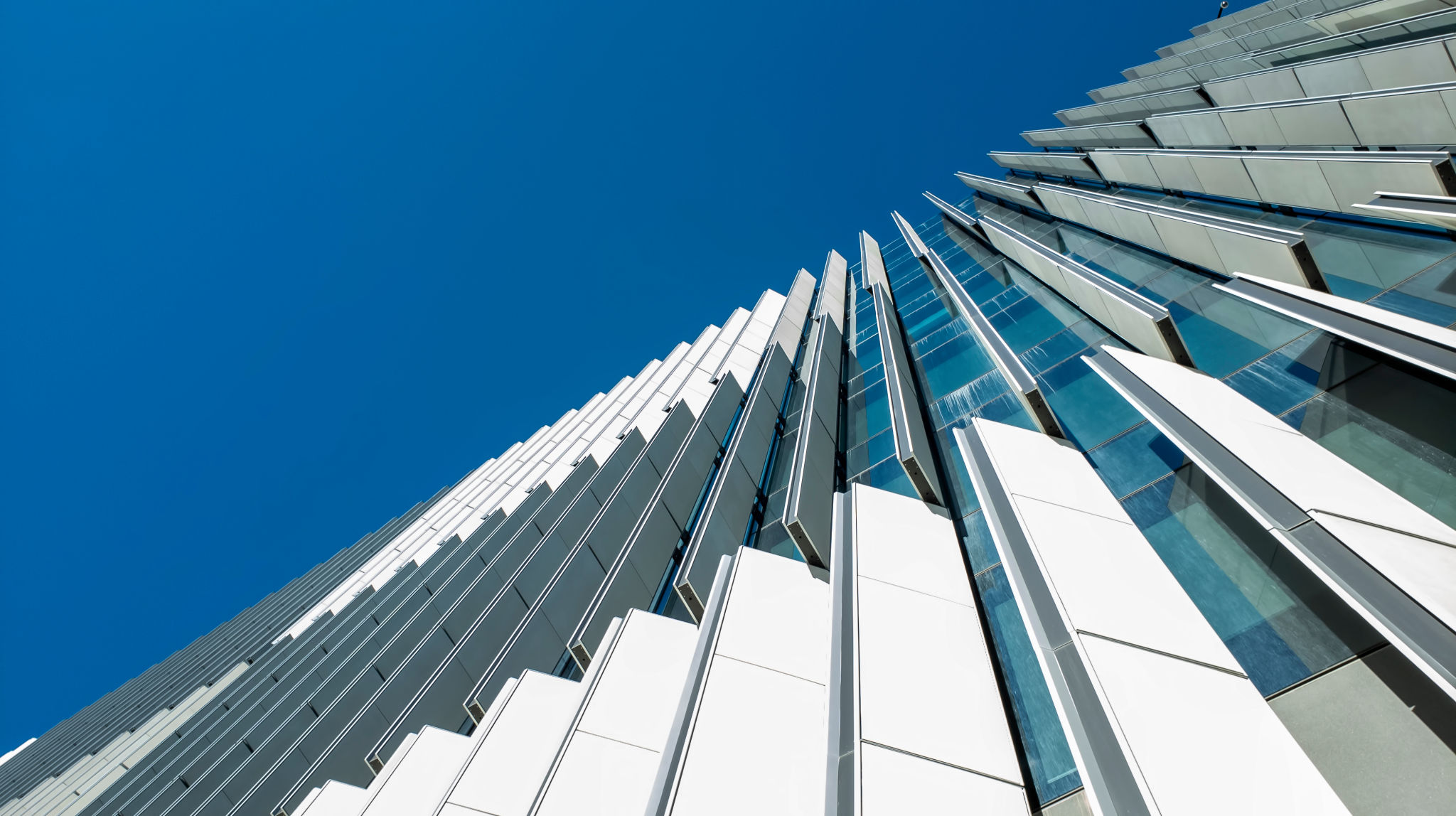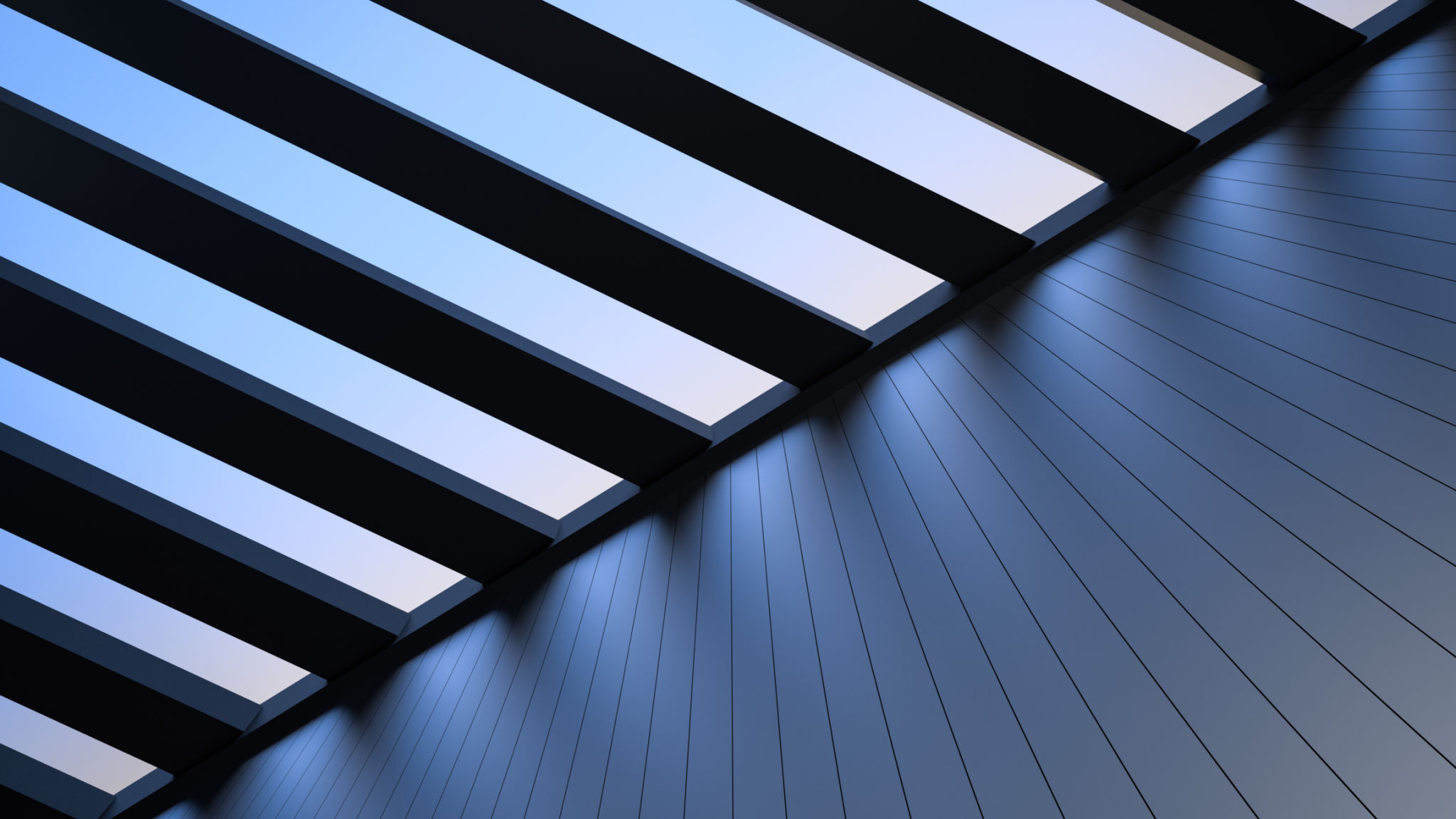Smart Glass Innovations: Enhancing Privacy and Energy Efficiency
Introduction to Smart Glass
In the realm of modern architecture and interior design, smart glass is making significant strides. This innovative material is transforming the way we think about windows, offering not just aesthetic appeal but also functional benefits such as enhanced privacy and energy efficiency. As we delve into the world of smart glass, you'll discover how it's reshaping our interaction with light and space.

Understanding the Technology
Smart glass, also known as switchable glass, utilizes technologies like electrochromic, photochromic, thermochromic, and polymer dispersed liquid crystal (PDLC) systems. These allow the glass to change its properties in response to environmental cues or user inputs. For instance, electrochromic glass can alter its transparency when an electrical voltage is applied, providing instant privacy and light control.
This adaptability makes smart glass an ideal choice for both residential and commercial spaces. Its ability to switch between transparent and opaque states offers flexibility in terms of design and functionality, paving the way for creative architectural solutions.
Privacy at Your Fingertips
One of the most appealing features of smart glass is its ability to enhance privacy without sacrificing natural light. By simply flipping a switch or using an app, you can transform a clear window into a frosted pane, ensuring discretion while maintaining a connection to the outside world. This is particularly beneficial in urban environments, where privacy can often be compromised.

Smart glass is not only limited to windows but can also be applied to partitions within office spaces or homes, offering versatile solutions for open-plan designs. It allows for privacy on demand, making it a favorite among those looking to optimize space without permanent barriers.
Boosting Energy Efficiency
Energy efficiency is a growing concern for homeowners and businesses alike. Smart glass plays a crucial role in this area by helping regulate indoor temperatures. During hot weather, smart glass can reduce heat gain by reflecting sunlight, thus lowering the need for air conditioning. Conversely, in colder months, it can retain heat, contributing to reduced heating costs.
According to studies, buildings equipped with smart glass technology can see a reduction in energy consumption by up to 30%. This not only translates to cost savings but also reduces the carbon footprint, making it an environmentally friendly choice.

Applications in Modern Architecture
The versatility of smart glass makes it a popular choice in modern architecture. From skyscrapers to residential homes, it offers innovative solutions that align with sustainable building practices. Architects are increasingly incorporating smart glass into their designs to create dynamic facades that change with the environment.
Furthermore, smart glass is often used in conference rooms and other settings where adaptability is key. The ability to switch between private and public modes enhances functionality and user experience, providing spaces that can quickly adapt to different needs.

Challenges and Considerations
While smart glass offers numerous benefits, there are challenges to consider. The initial cost of installation can be higher compared to traditional glass options. However, many see it as a worthwhile investment due to the long-term savings on energy bills and the added value it brings to properties.
Additionally, advancements in technology are continually improving the efficiency and affordability of smart glass. As demand grows and production scales up, costs are expected to decrease, making it more accessible for a wider range of applications.
The Future of Smart Glass
The future of smart glass looks promising as research and development continue to expand its capabilities. Innovations such as integrating solar panels into smart glass or enhancing its durability are on the horizon. These advancements will further solidify its place in sustainable building practices and modern design.
As awareness grows about the benefits of smart glass, it is likely to become a standard feature in new construction projects around the world. Its blend of functionality, aesthetics, and environmental benefits makes it a compelling choice for forward-thinking architects and designers.
